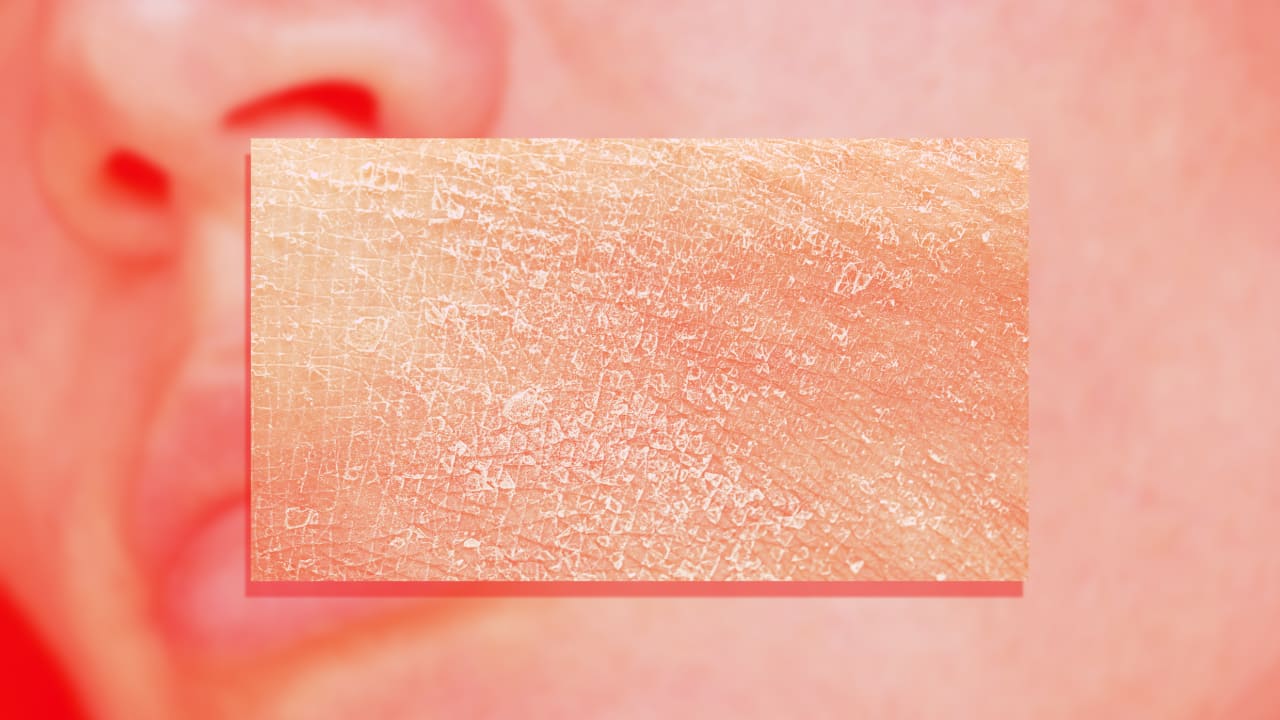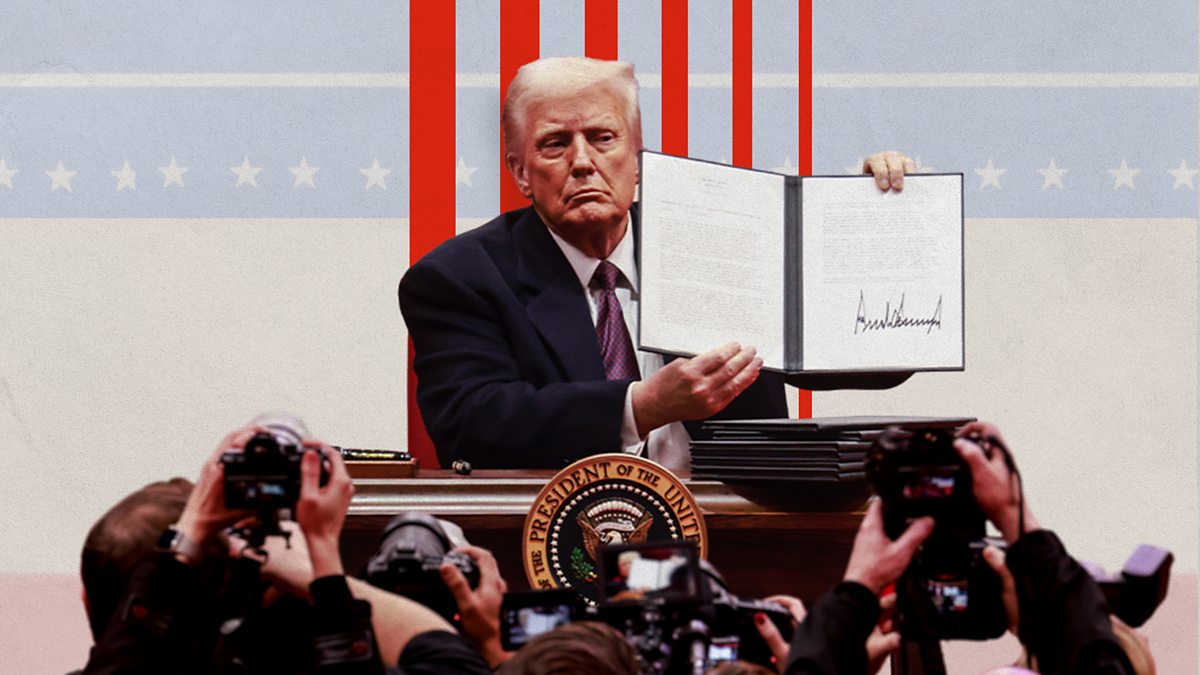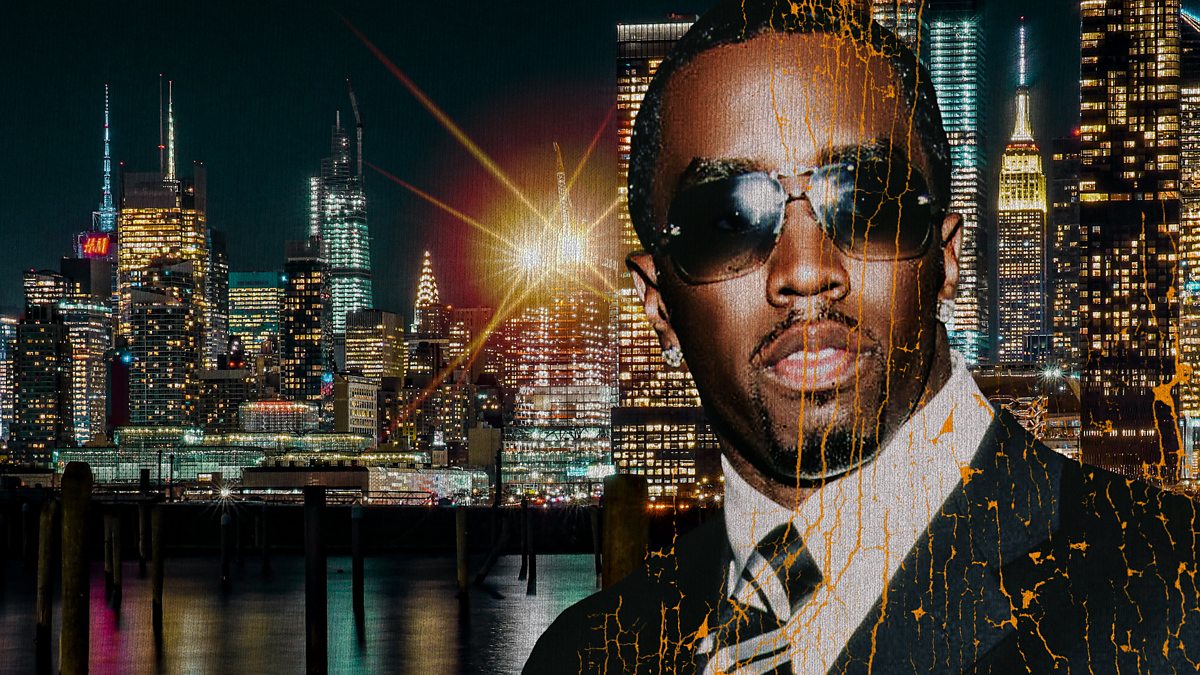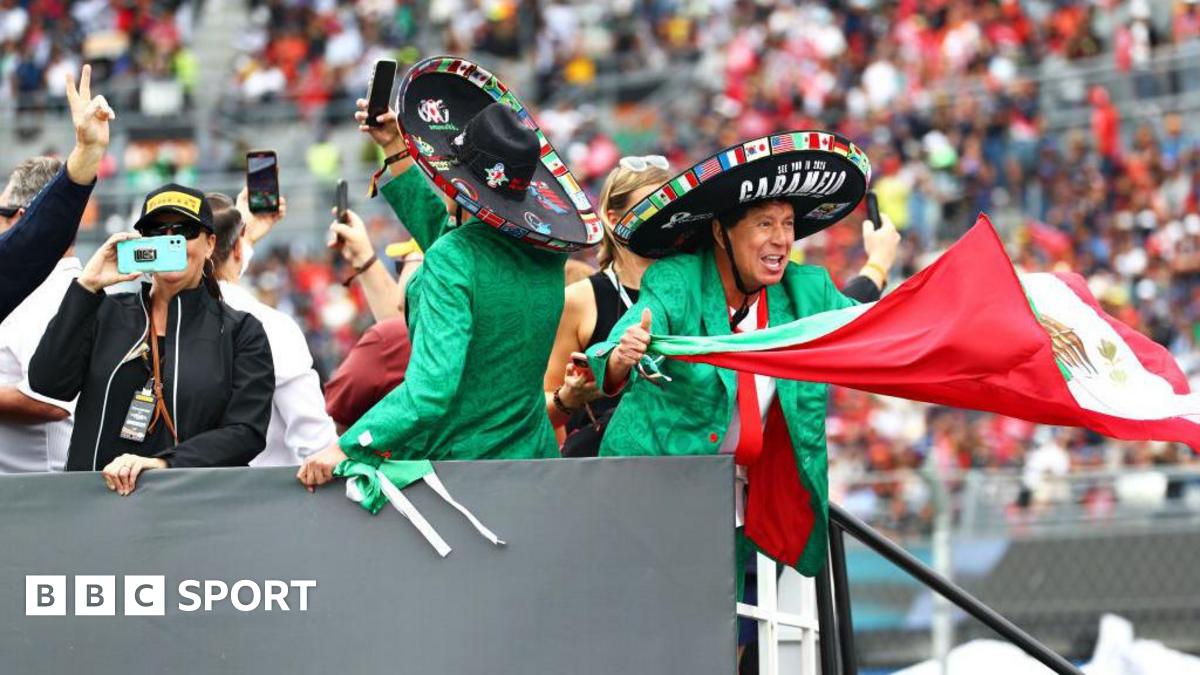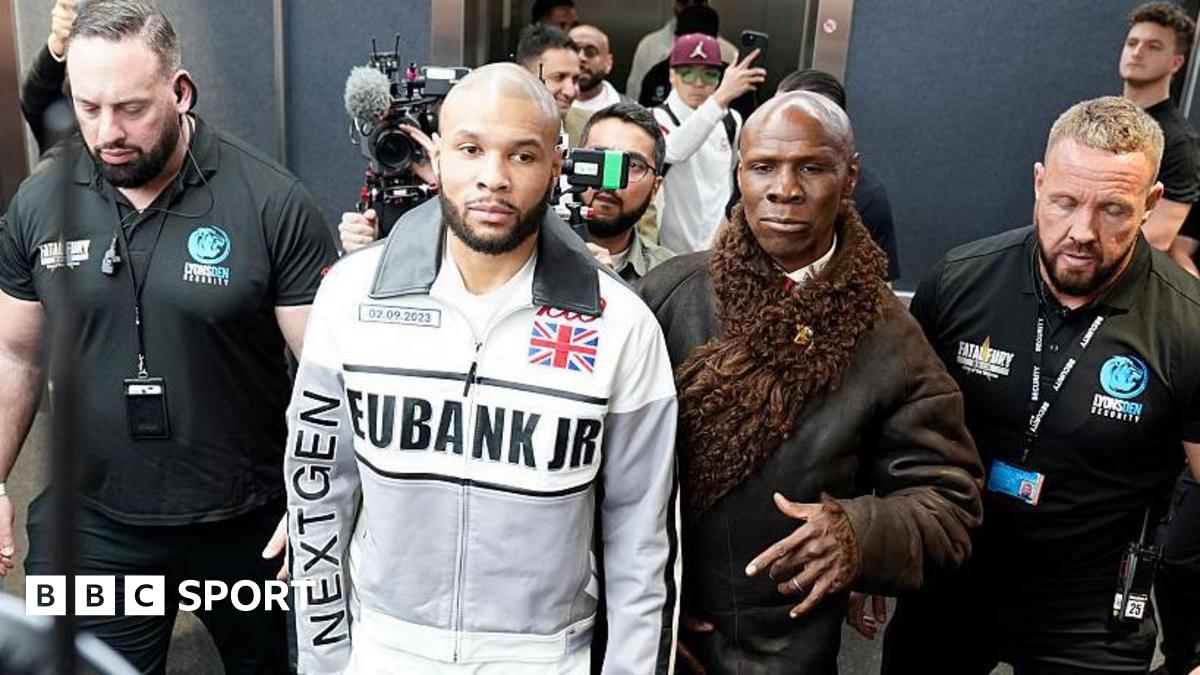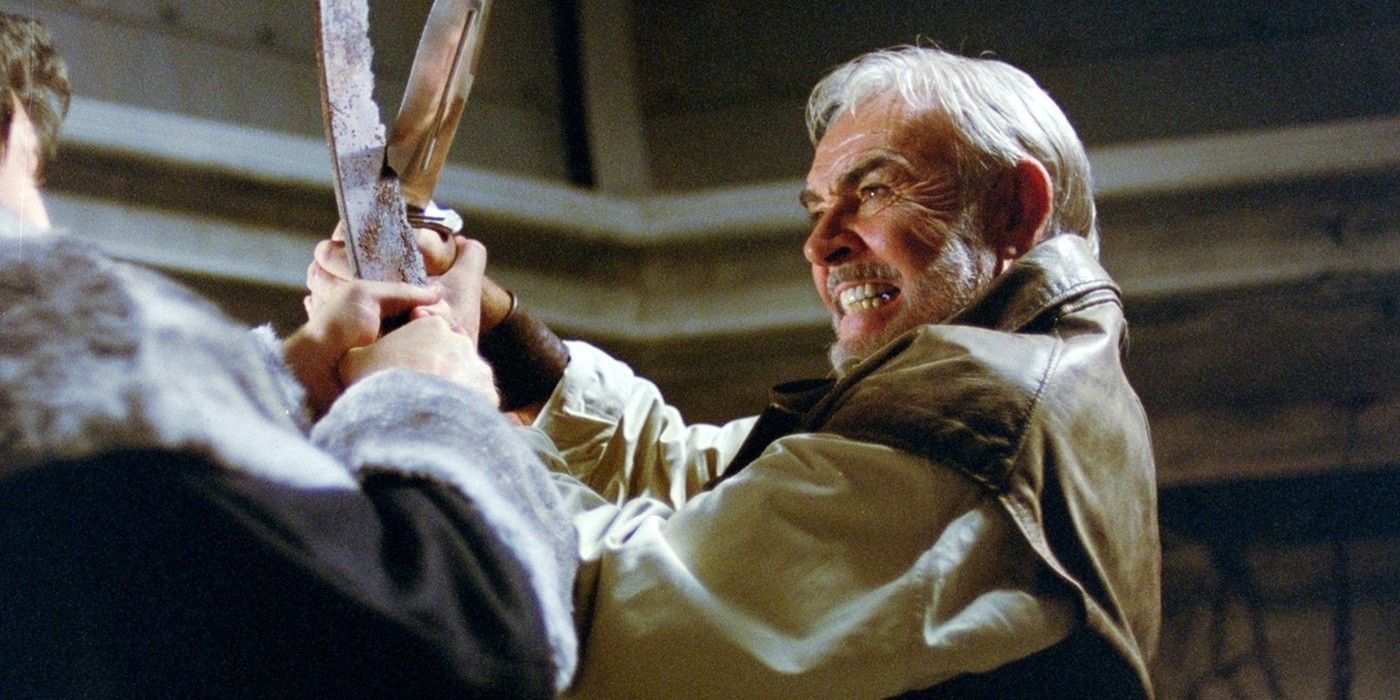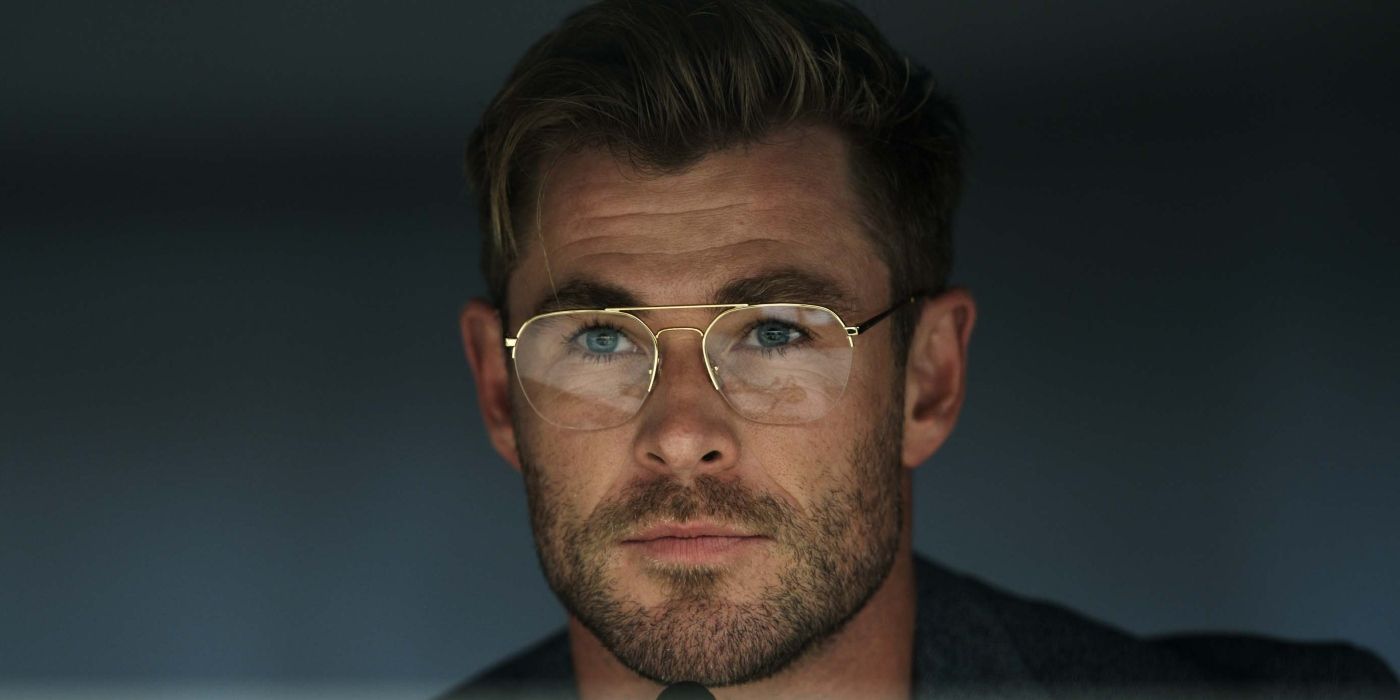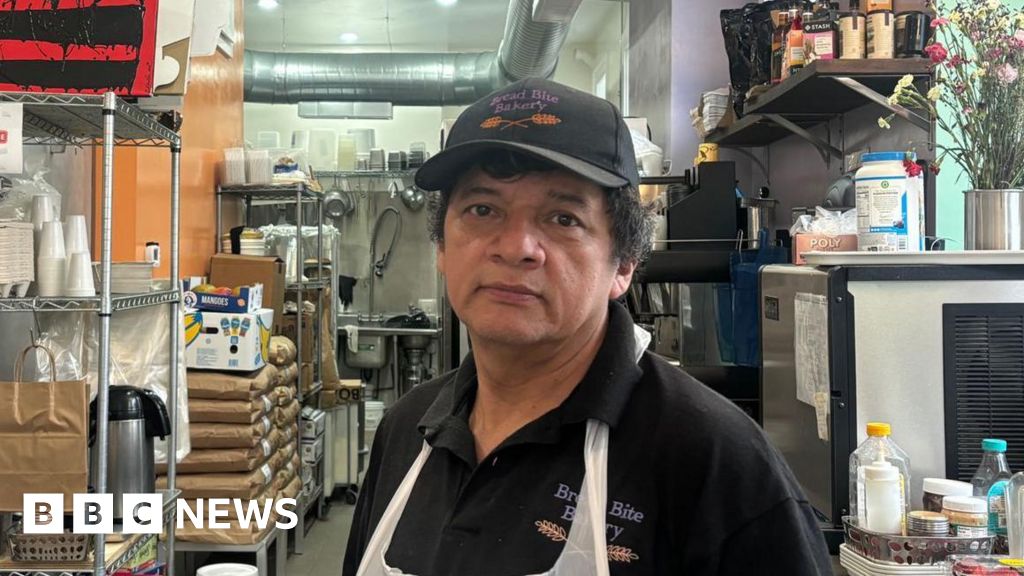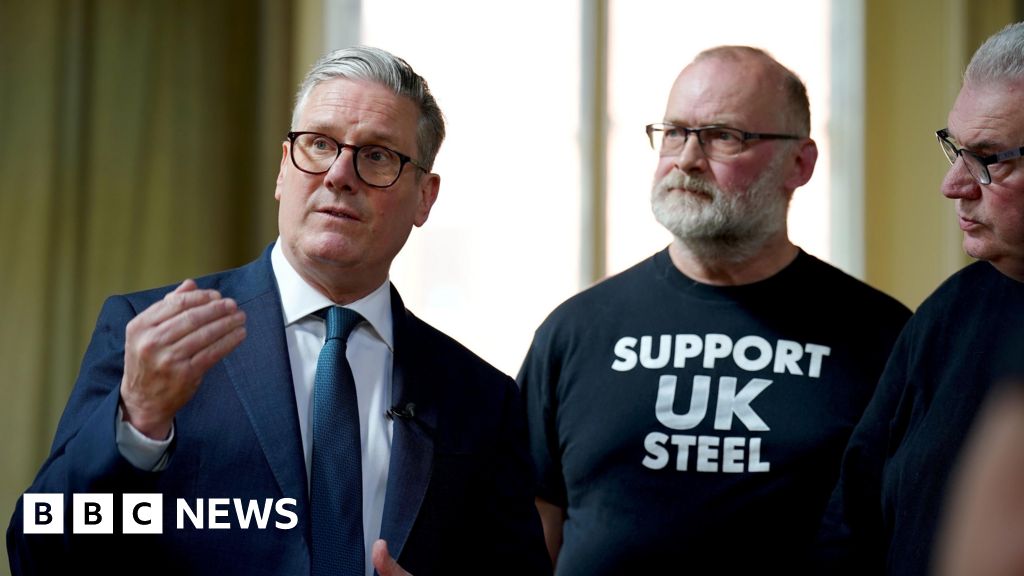What if you had one pair of glasses for your entire life?
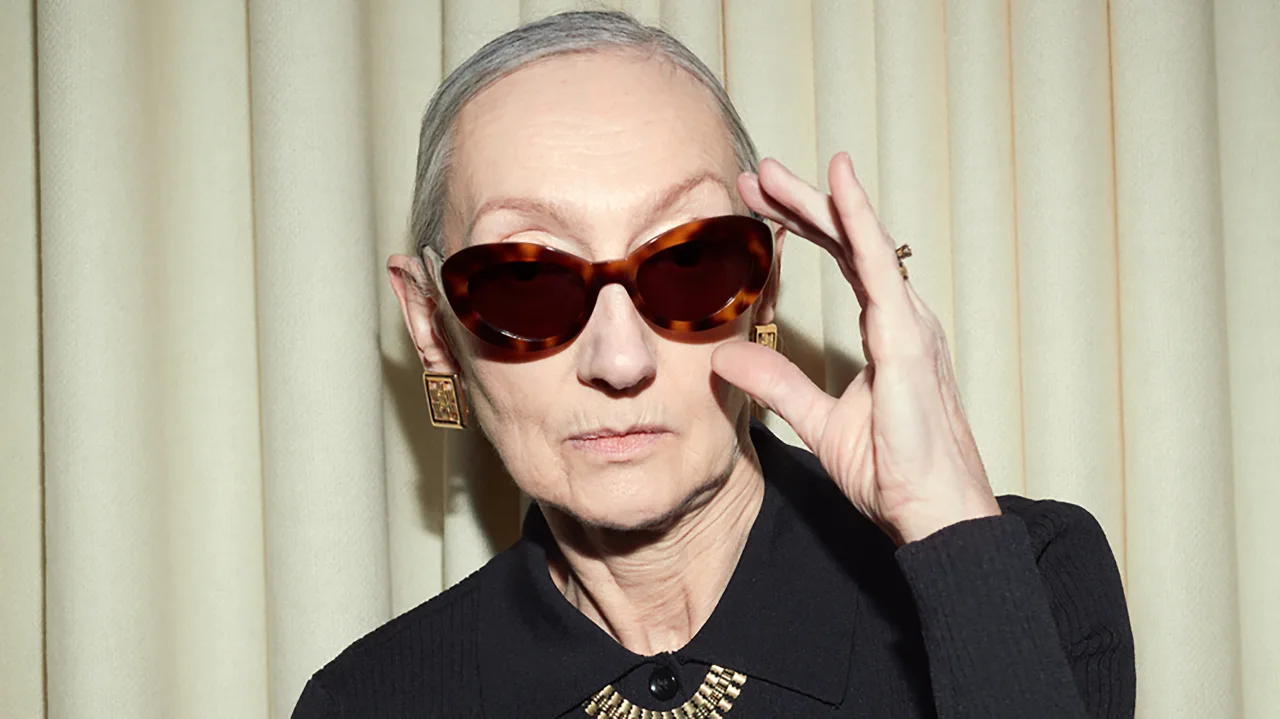
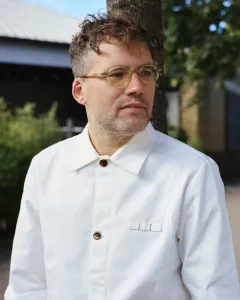
Tom Broughton, the founder of the British eyewear brand Cubitts that has recently landed in the U.S., wants to make you a set of glasses that you’ll be able to wear your entire life. “They could outlive you,” he says. That’s a radical notion these days. Over the past three decades, as fast fashion has become the norm, the price of eyewear has come down alongside the price of clothes and shoes. Brands like Zenni and Warby Parker market their glasses as a fashion statement that is so affordable, you can change them up whenever you want. You could wear a different pair every day of the week.
Broughton finds this approach to eyewear problematic for many reasons. For one thing, 250 metric tons of eyewear ends up in landfills every year, by some estimates. This is an environmental catastrophe since most eyewear today is made of acetate, a kind of plastic that will not biodegrade and contribute to the microplastics crisis. But more broadly, as a lover of glasses (or spectacles, as he calls them) he believes glasses have a way of expressing your identity and shaping how you appear to the world, so there is something beautiful about having a pair that lasts your life.
With Cubitts, Broughton is trying to bring this philosophy to life. The company has a more laborious handmade process than its competitors, to create a more durable pair of glasses, and each frame comes with a lifetime of servicing and repair.
Now the company is doubling down on this approach by allowing customers to create custom lenses that are personalized to the shape of their face, ensuring that they are perfectly suited to a lifetime of wear. Customers can now get a fitting for custom lenses in store, and the company is also developing an app that will collect customer measurements digitally so they can create custom frames online. The app will be released in the next few months.
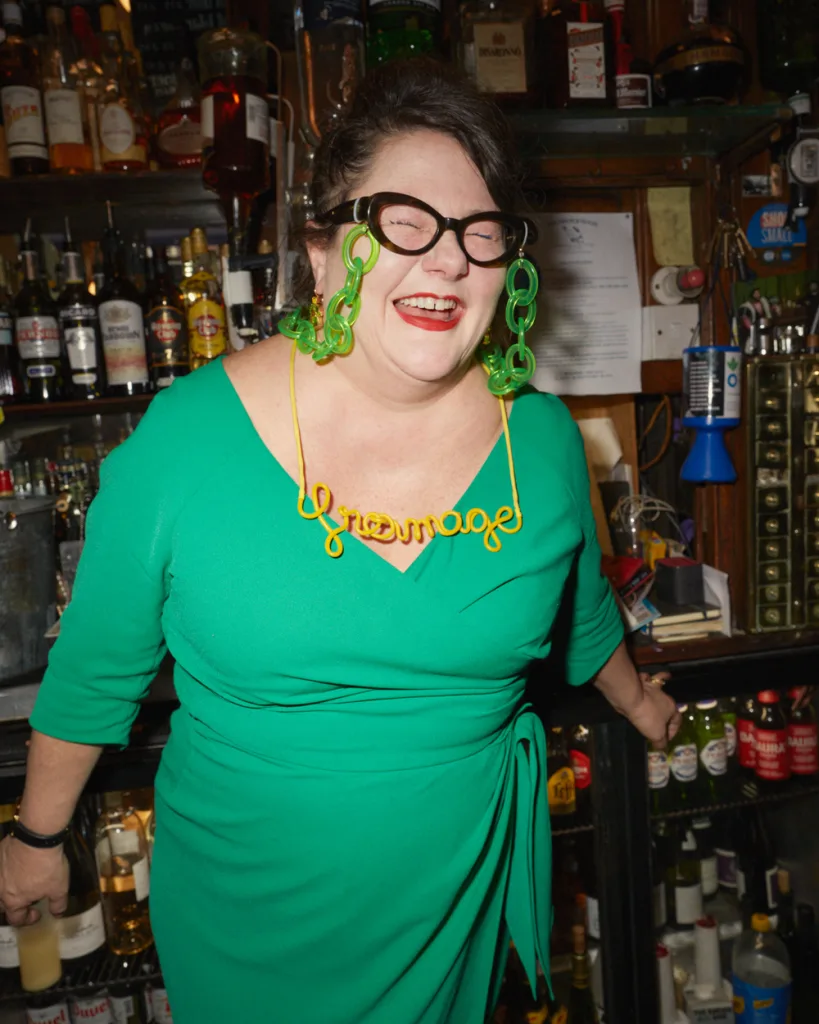
A Spectacles Historian
In his early teens, Broughton became obsessed with eyewear. More specifically, he fell in love with the rock star Morrissey’s glasses.
In the 1980s, Morrissey, the lead singer of the iconic band The Smiths, wore large black frames that Broughton found irresistible. So Broughton got himself a pair of similar frames and wore them proudly to school, even when chunky frames weren’t yet popular. “I remember turning up to school in them when I was 14,” he says. “I felt like I was the coolest person ever, rightly or wrongly. Maybe people were laughing at me behind my back.”
In his late teens and early twenties, Broughton became fascinated with the history of spectacles. He began collecting old pairs he found at antique shops, and learning as much as he could about them. This history made him long for the days when a pair of glasses was a valuable possession that people cherished throughout their life.
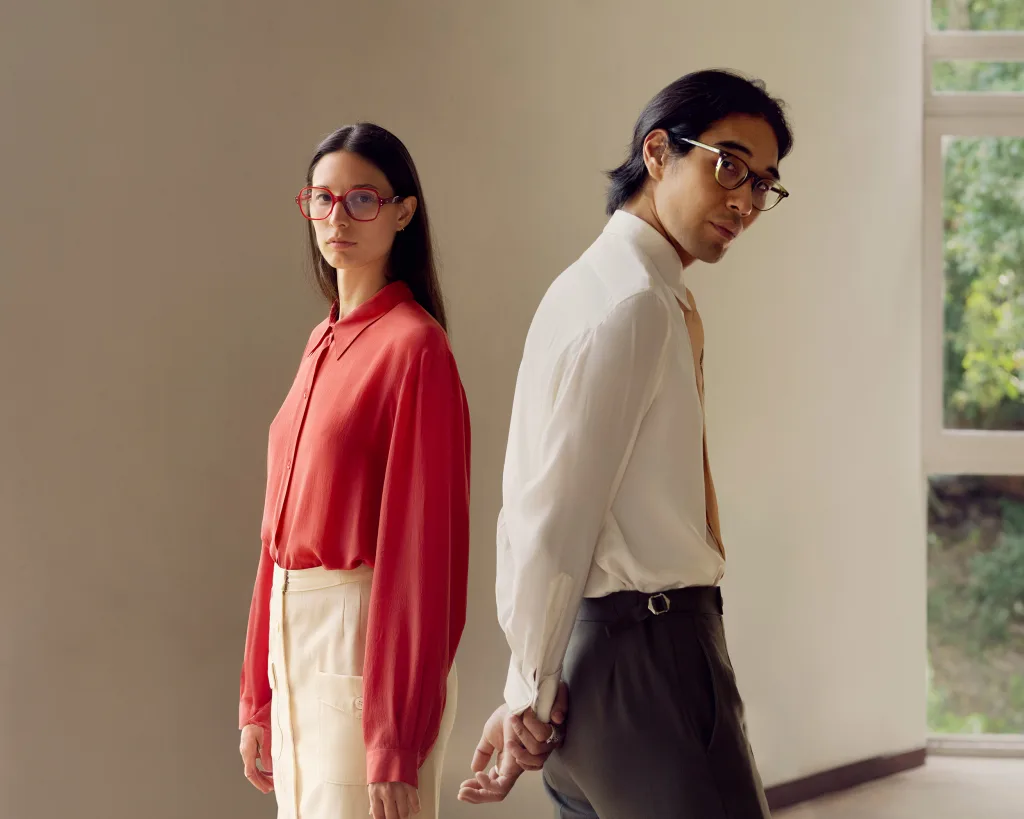
For much of human history, there was no way to correct poor eyesight, so many people went through life with blurry vision, unable to fully take in the world around them. Then, over the course of the last two millennia, inventors discovered that they could use crystal, polished quarts, or glass globes to magnify text. In the 1200s, Europeans developed the first eyeglasses made of quartz, framed in wood that you could hold up to your face to see things more clearly. Throughout the Renaissance, scientists continued developing spectacles to correct vision, but it wasn’t until the 18th century that they developed a pair with arms that would rest over the ears, making them more stable and hands-free.
But until very recently, corrective glasses were very expensive. Even a century ago, when they were widespread, most people only had a single pair they would wear over the course of a lifetime. “Their spectacles were a precious, life-changing tool,” Broughton says. “But their spectacles also became associated with them and how they presented themselves to the world.”
This is no longer the case. Eyewear is now very inexpensive to produce. Companies realized they could make spectacles out of plastic, which is a very cheap material. And since the 1980s, most of the world’s eyewear has been mass-produced in China, where labor is inexpensive. Now you can now get a pair for as little as $30.
And while Broughton thinks it is wonderful that corrective eyewear has been democratized, so that everybody who needs it can now get it, it’s possible that the industry has swung too far, transforming glasses into something that is disposable. “We’ve stopped seeing spectacles as the incredible invention that they are,” he says.
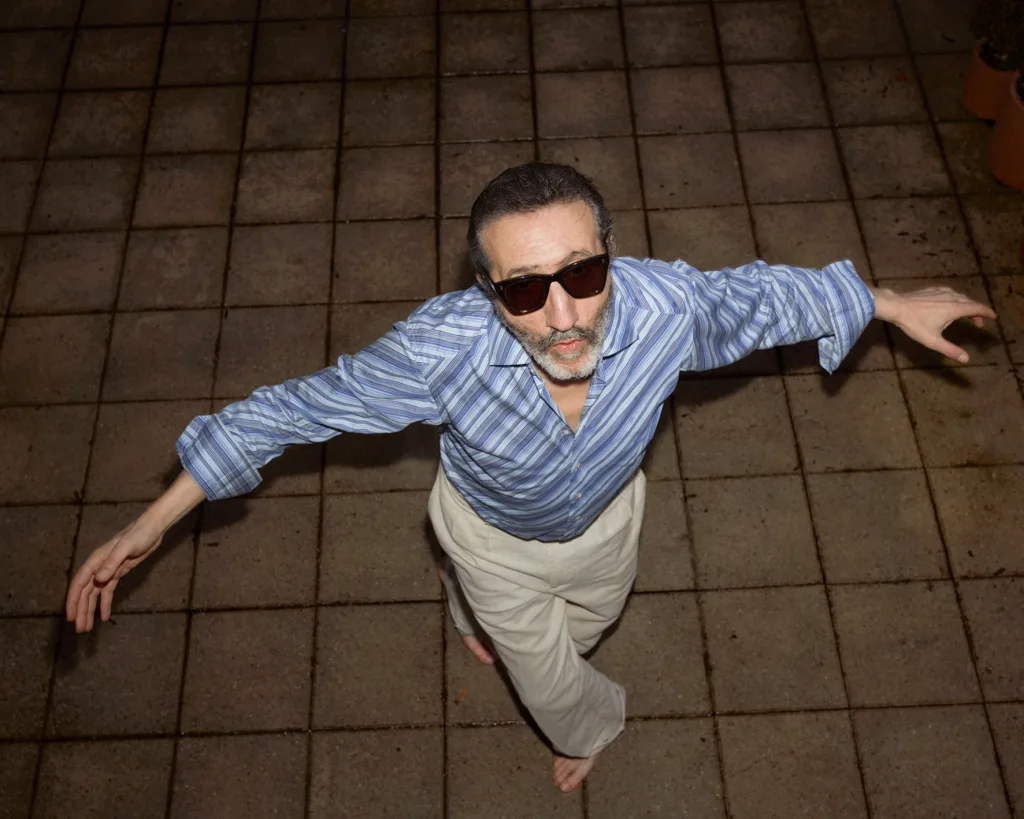
Spectacles That Last a Lifetime
Broughton hadn’t planned on becoming an entrepreneur. He studied behavioral economics and applied statistics, and eventually worked at Spotify. But in his spare time, he continued to pursue his passion for spectacles. He learned how to craft frames out of acetate and metal by hand, and began creating spectacles for his friends. “I would cycle around London with little measuring tools, knock on people’s doors and take their measurements,” he says.
In 2012, while he was still at his day job, he launched Cubitts, creating custom lenses. The business quickly took off. Even though there are many competing eyewear brands on the market, people seemed to like Broughton’s approach that treated spectacles as something special. His customers took a long time to choose the perfect frames that they felt reflected who they were and how they wanted to appear to the world.
Cubitts launched online and opened its first store in King’s Cross in London. The company also came to the United States, opening two stores in New York last year. The brand is known for its chunky, statement-making glasses, in the vein of the pair Morrissey wore, and they aren’t very expensive. The average Cubitts pair costs $200.
Through its branding, the company emphasizes that even though the glasses are stylish, they’re not meant to be trendy. Throughout the store and the website, Cubitts makes it clear that the eyewear is meant to last a lifetime. The company makes each pair by hand using a lengthier process than its competitors, including using parts that are easier to replace if they break. For instance, it uses a premium hinge that connects the frame to the arm (that goes behind the ear) that makes it easier to fix. Cubitts has a policy of offering a lifetime of repairs, rehabs, and reglazing of their frames. When a prescription changes, they put in new lenses for free (many retailers offer this service, for a fee).

But Broughton believes that creating eyewear that lasts a lifetime isn’t just about durability. It’s also about helping customers find a pair that they love and that fits them perfectly. Cubitts offers each pair of glasses in small, medium, and large sizes to fit faces of different sizes. But the company is now investing in technology to create custom frames that are perfectly suited to the customers’ face.
The company has developed a system that allows customers to come into the store to take measurements of their face, identifying everything from the size of their nose to the shape of their face to the distance to how far back their ears are. (The company is also working on an app that will allow people to take these measurements at home, so they can create custom frames virtually. This is likely to roll out in the next year or so.)
Then, when the customer pick a style of lenses they like, Cubitts will custom-make them to suit their facial proportion. He’s found that this has been particularly appealing to Black and asian customers who sometimes struggle to find eyewear that fits the dimensions of their face, since most eyewear is designed around caucasian features. But all customers, regardless of ethnicity, like being able to find a pair that can be designed to look perfectly suited to their faces, so they are aesthetically pleasing and also don’t pinch the nose or the ears.
Ultimately, Broughton hopes that this technology makes customers love their spectacles even more, and want to hold on to them for longer. And even though Broughton himself has access to an endless supply of different frames, and is sometimes tasked with testing out different models, he generally sticks to a round frame he has become attached to. “I’ve become rather attached to my spectacles,” he says. “They’re part of me now.”
What's Your Reaction?
 Like
0
Like
0
 Dislike
0
Dislike
0
 Love
0
Love
0
 Funny
0
Funny
0
 Angry
0
Angry
0
 Sad
0
Sad
0
 Wow
0
Wow
0












